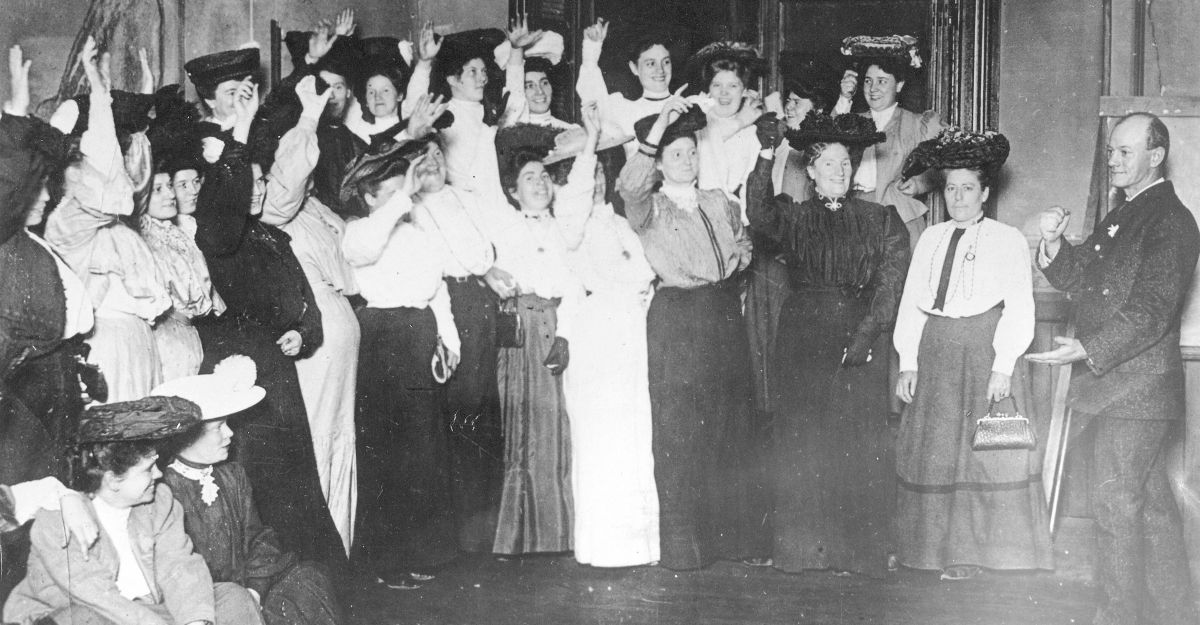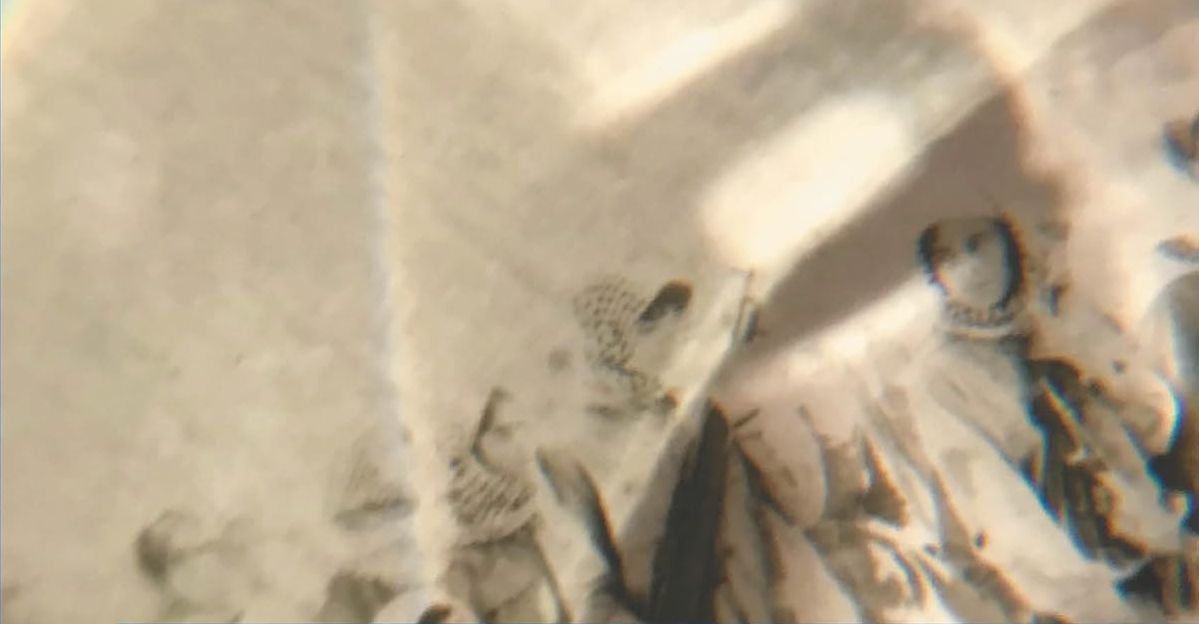Some of the strongest new work of late circles around psychic wounds – wounds of social injustice, or legacies of formative childhood traumas. Four books I read this year share a sense of wounds as instructive, and a hope that pain might be transfigured through acts of intimacy or of art.
What Belongs to You by Garth Greenwell
 In the opening scene of Garth Greenwell’s debut novel, a gay American teacher descends into a bathroom below Sofia’s National Palace of Culture and chances upon the young Bulgarian hustler Mitko. So their troubled transactional relationship, marked by an asymmetry of class and privilege, begins.
In the opening scene of Garth Greenwell’s debut novel, a gay American teacher descends into a bathroom below Sofia’s National Palace of Culture and chances upon the young Bulgarian hustler Mitko. So their troubled transactional relationship, marked by an asymmetry of class and privilege, begins.
A mixture of vulnerability and street-savvy, the unemployed and practically homeless Mitko wields the little relative power he has, exploiting the unnamed narrator’s growing affections with increasing demands for money, strategically deferring and withholding pleasure. In his threadbare clothes, Mitko is the swaggering heart of this slim exceptional novel. Conjured in exquisitely sensual prose, his presence is so animating that when he disappears from the narrative for a time, the reader shares in the longing. But more than a confessional narrative of desire, this is an astute portrait of queer exile.
Shamed by his Southern father for his sexuality, the narrator’s desires are infused with a sense of abjection; the wound becomes charged. That fateful original descent to the bathroom, where he first kneels on his ‘stained knees’ before Mitko, has a quality of religious surrender, of welcomed debasement. Greenwell is acutely aware of what happens to queer lives when they are denied dignity, and the unforgettable Mitko is drawn with a tenderness that persists even in frank depictions of his syphilis (in post-communist Bulgaria, he has little access to basic medicines that treat common STDs). Imbuing an eternal theme – the lopsided nature of infatuation, the mythmaking around the beloved – with a grave specificity, Greenwell displays a mastery of both style and form. As the tightly controlled narration, which admits only reported speech, unfolds, one thing becomes increasingly, heartbreakingly apparent: the real Mitko will remain forever inaccessible.
The Lonely City: Adventures in the Art of Being Alone by Olivia Laing
 When the British writer Olivia Laing relocated to New York in her thirties, she experienced a period of acute social isolation. Less a memoir than a ‘map of her loneliness’, The Lonely City navigates through the lives and work of artists who also knew a thing or two about the city and social exile.
When the British writer Olivia Laing relocated to New York in her thirties, she experienced a period of acute social isolation. Less a memoir than a ‘map of her loneliness’, The Lonely City navigates through the lives and work of artists who also knew a thing or two about the city and social exile.
While Laing’s loneliness was largely circumstantial, her own framing story tactfully recedes to give voice to those substantially isolated by structural injustice, such as poverty or discrimination. One poignant chapter centres on the reclusive ‘outsider artist’ Henry Darger, whose loneliness Laing traces to the early loss of his mother and a lack of affection in state institutions as a child. But most compelling is her writing on the artist and AIDS activist David Wojnarowicz, who fought the stigma and censorship surrounding queer bodies in defiant artworks that sought to ease his own loneliness, while also offering others the possibility of intimacy and connection.
Written as an ameliorative for herself and others, Laing’s book shares this dual function. Ultimately a call for greater empathy, The Lonely City is a manifesto against what Laing identifies as an increasing gentrification of the emotions, where we are compelled to conceal our loneliness, as though our most defining human emotions – longing and vulnerability – are somehow shameful. As Laing asserts, vulnerable art works such as Wojnarowicz’s serve as a potent reminder that the role of art is not necessarily to heal wounds, but to make it apparent that, ‘not all wounds need healing and not all scars are ugly’.
Frantumaglia: A Writer’s Journey by Elena Ferrante
 In the wake of recent speculation regarding her ‘true’ identity, reviews of Elena Ferrante’s much anticipated collection of nonfiction have tended to focus on the sections in which she defends her choice to maintain anonymity. Of even greater interest are her astute critical forays into myth and the unconscious – passages which offer a consolidation of her own literary priorities. Writing of her efforts to develop a language in which to map her own ‘female city’, a task for which she descends into the ‘labyrinth’ of childhood, she describes herself as the daughter of a dressmaker. Whether we take this pronouncement at face value or understand it as poetic dissemblance, it is a fitting myth of origin: the young Elena watching the ‘repellent’ scraps falling to the floor as her mother tailors dresses for other Neapolitan women (dresses that retain ‘odours’ of illness and despair), and absorbing these women’s stories of suffering.
In the wake of recent speculation regarding her ‘true’ identity, reviews of Elena Ferrante’s much anticipated collection of nonfiction have tended to focus on the sections in which she defends her choice to maintain anonymity. Of even greater interest are her astute critical forays into myth and the unconscious – passages which offer a consolidation of her own literary priorities. Writing of her efforts to develop a language in which to map her own ‘female city’, a task for which she descends into the ‘labyrinth’ of childhood, she describes herself as the daughter of a dressmaker. Whether we take this pronouncement at face value or understand it as poetic dissemblance, it is a fitting myth of origin: the young Elena watching the ‘repellent’ scraps falling to the floor as her mother tailors dresses for other Neapolitan women (dresses that retain ‘odours’ of illness and despair), and absorbing these women’s stories of suffering.
This suggestive, primal scene speaks to a central tension of her work: the ‘troubling love’ for the maternal image. While the concept has been absorbed into Ferrante’s vocabulary via Freud, it is fascinating to follow as she locates this ambivalence in the context of Neapolitan daughters who flee the world of their mothers, struggling to empathise with the ways they have subjugated themselves to brutish men. Only with maturity and distance, Ferrante writes, is it possible to, ‘feel the weight of the male city on [these women’s] existence, feel remorse at having abandoned them, and learn to love them’.
Drawing on a storehouse of formative traumas and tensions, Ferrante’s novels are at once furious and reparative; little wonder she has opted for anonymity. Commenting on excerpts that failed to make it into her published novels, Ferrante rues moments of self-censorship, asserting that a writer must not be cowed by taboo, but instead trust the instincts of the body, ‘the heart’s acceleration’. Such moral intensity bodes well for Ferrante’s fans, suggesting recent intrusions into her privacy will not be so injurious as to deter her from – as she so viscerally describes her writing process – ‘butchering eels’: drawing from the depth of her experience, ‘everything that is alive and writhing’.
Hot Milk by Deborah Levy
 From eels to medusas: poisonous jellyfish lurk in the sea of Deborah Levy’s densely poetic novel. While the cover, a young woman in a Mediterranean beach idyll, suggests a breezy coming-of-age story, this is a narrative full of subversive jolts and hotspots of familial dysfunction. Twenty-something Sofia and her mother Rose have come to Almeria, a seaside village in the south of Spain, in the hope of curing the latter’s mysterious, possibly psychosomatic, illness. With a tendency to the gnomic, Sofia’s narration betrays the survivalist humour of a child long thrust into a carer’s role. Anticipating their first visit to the specialist that enticed them to the village, she remarks that her mother will display her symptoms ‘like an assortment of mysterious canapes’. She continues, ‘I will be holding the platter’.
From eels to medusas: poisonous jellyfish lurk in the sea of Deborah Levy’s densely poetic novel. While the cover, a young woman in a Mediterranean beach idyll, suggests a breezy coming-of-age story, this is a narrative full of subversive jolts and hotspots of familial dysfunction. Twenty-something Sofia and her mother Rose have come to Almeria, a seaside village in the south of Spain, in the hope of curing the latter’s mysterious, possibly psychosomatic, illness. With a tendency to the gnomic, Sofia’s narration betrays the survivalist humour of a child long thrust into a carer’s role. Anticipating their first visit to the specialist that enticed them to the village, she remarks that her mother will display her symptoms ‘like an assortment of mysterious canapes’. She continues, ‘I will be holding the platter’.
Like Ferrante, Levy knows a thing or two about maternal ambivalence, the proximity of hostility to love. Essentially a sophisticated detective story – a daughter sleuthing the origin of her mother’s seeming hypochondria – in Levy’s hands the archetypes of psychoanalysis don’t fall too hard; as with her playful allusions to Greek myth, they are cast as poetic driftnets, a shifting web of associations. Throughout the novel is a sense of wounds as generative, even exquisite. Awakening to her own role in this codependent relationship, Sofia begins to stir from her own ennui; her desires awakened first by a fling with an androgynous German seamstress, and later by a young first-aid attendant, who tends the medusa welts on her body by kissing them. As Sofia attains distance from her mother, she also gains empathy and insight; a side-trip to visit her father in Athens, a man who seems to have absolved himself of all parental responsibility, is game-changing. If Sofia’s arc of discovery sounds formulaic, rest assured that in this strange and sun-boiled novel, which shifts seamlessly between reality and hallucination, even final diagnoses are prone to metamorphosis.



